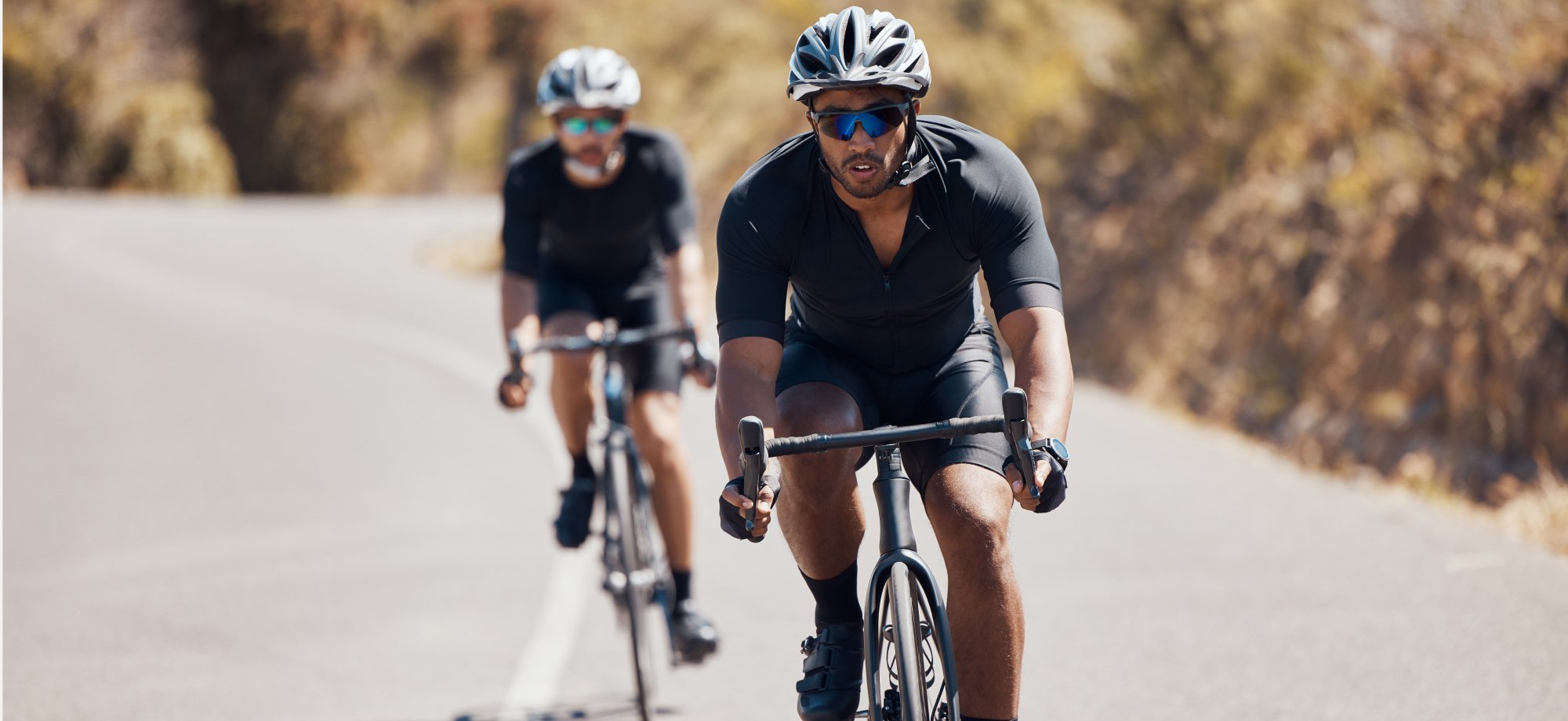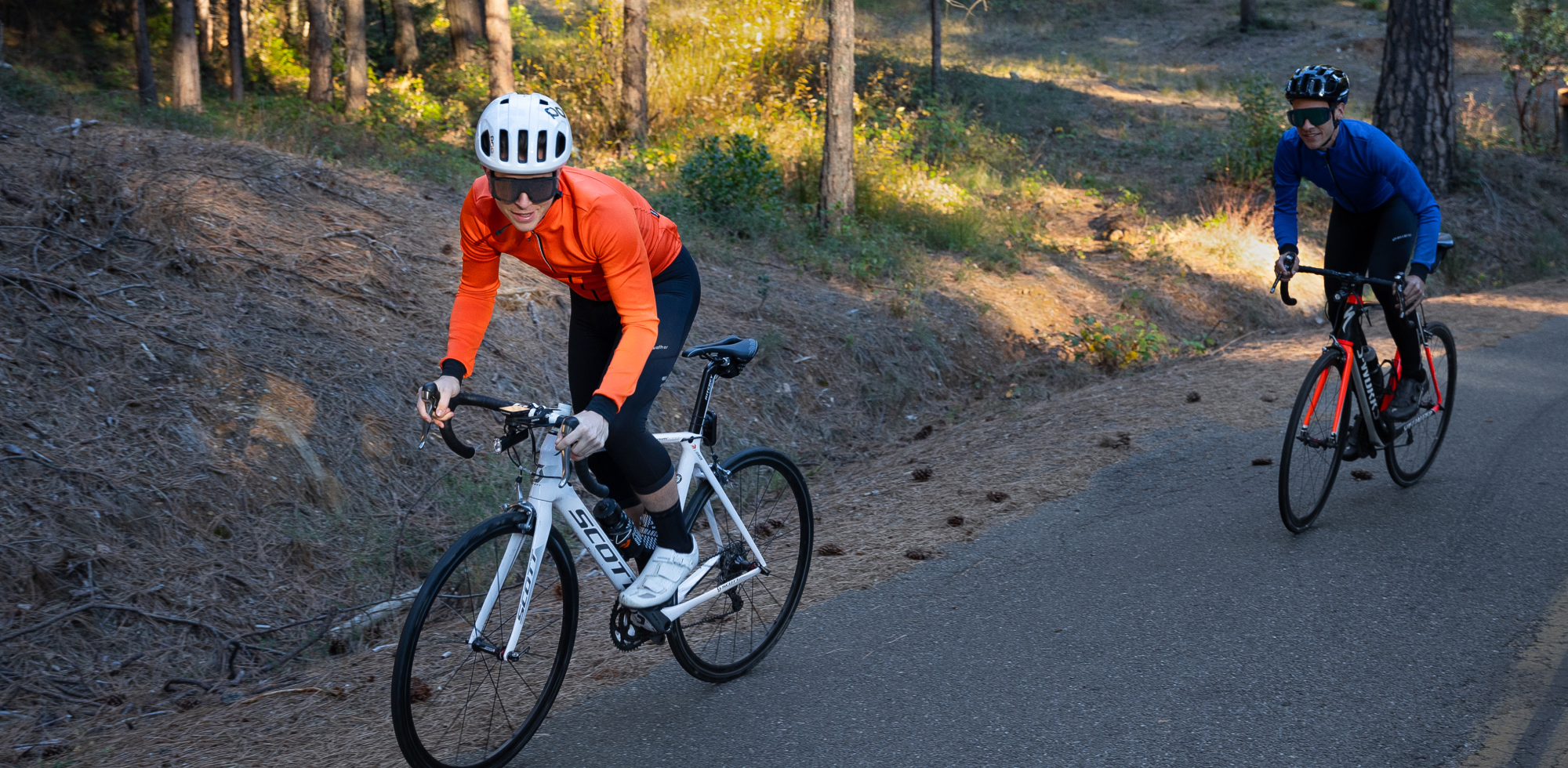First Century Mistakes
Some common pitfalls to avoid during your first century

Commiting to ride 100 miles all at once is a big deal. Transforming your decision into a success will require time and effort, but that's why you signed up. Here are a few obstacles standing between you and the finish line.
Not Training Enough

The best way to have a great time riding your first century is to make sure your body and mind are ready for the challenge. Start by adding some structure to your training to learn your limit, increase that limit, and feel comfortable occasionally pushing beyond it. If you're not sure where to start, try gradually increasing your weekly mileage by 10%. Check in at the end of the week and, if your body and mind feel good, increase by another 10% the following week. As your overall weekly mileage starts to increase, consider placing a good chunk of that 10% into a single ride--call it your long ride. You can use your long ride as a simulation for the main event so that you're consistently practicing riding, fueling, pacing, clothing yourself, and maintaining your machine, which brings us to the next obstacle...
Not Maintaining Enough

Get into the habit of checking your bicycle's moving parts before you set out for a ride, and again at the ride's end. Things like maintaining your tire pressure, drivetrain lubrication, and cable tension can go a long way to keeping your training on track. You'll become familiar with your bicycle's various components and their functions so that you can assess and repair issues that might come up during the century. This will allow you to catch any problems while you still have plenty of time to fix them. And, the day before the event, you'll have the skillset to complete a bike check so that you can focus all of your attention on things like making sure you pace yourself and eat enough...
Not Eating Enough

Your training won't amount to much if you don't fuel your body. Your nutrition the week before your century will ensure your muscle glycogen levels are topped up. A few hours before your event, be sure to eat a calorie-dense meal--ideally, it'll be the same one you eat on the morning of your long training rides. Once you're on the course, it's crucial to keep eating at a consistent pace to maintain your blood glucose, which, when combined with your glycogen and fat stores, will power your body and mind through the entire event. A good target is to eat an easily-digestible snack about once an hour. Take advantage of whatever lunch stop is offered on course. The extended break will allow your body to recover glycogen, which can help delay the "wall" or "bonk" that is the telltale sign of glycogen depletion. Finally, ensuring your nutrition includes hydration and electrolyte replacement will keep your muscles performing at their maximum efficiency, so long as you don't go too hard too early in the day, which is the next pitfall...
Not Going Slow Enough

Pacing yourself during your century will help you comfortably reach the end because it'll aid your energy conservation, mental focus, and nutrition. Riding 100 miles requires a consistent, sustained effort over six to twelve hours. It's common to get caught up in the excitement of the day and start riding at an unsustainable pace, especially as other riders zip past. Don't take that bait. When it comes to endurance riding, slow is fast. By riding at your own pace you'll delay fatigue from glycogen depletion and muscle exhaustion. You'll maintain a mental clarity to make strategic decisions about when to eat, when to push, and when to sit in. Your lower metabolic demand will allow your body to conserve its glycogen by metabolizing fat instead. You won't make yourself sick from over-exertion. If you've completed your long training rides, you'll have a good sense of what sort of pace you can sustain over the course of 100 miles. Ride that pace, settle in with others on a similar plan, and you'll be sure to enjoy the experience. So long as you're dressed appropriately..
Not Wearing Enough

Like we said before, it can take up to a whole day to complete a century. Those 100 miles will likely take you all over the place, including over exposed mountaintops and into deep valleys and along foggy coastlines. Be sure to plan for a wide variety of temperatures and weather events, or else you might wind up on the side of the road, huddling in a porta potty for warmth or cowering under a tree for shade. You'll also want to make sure all of your clothes, including your shoes and chamois, are comfortable over such a long duration. Try them out on one of your long training rides before you commit to wearing them all day. You won't know your wardrobe's shortcomings until you've spent half a day sweating, getting rained on, and pedaling into bitter headwinds. And there's nothing quite so frustrating as forgoing your trusty bibs in favor of the new ones you've not worn before, only to have a saddle sore creep in around mile 50.
Now that you know what to avoid, here are a few more tips on how to succeed.
Explore Further:
Pre-Century Bike Check
You've trained. You've prepared. Don't let a mechanical blow it all.
Learn More

